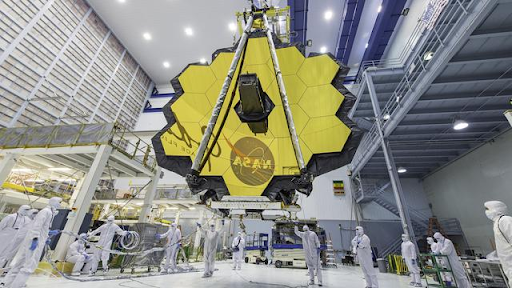Text:Ghigasmara Sekarninggar
Photo: NASA
The United States Space Agency (NASA) has recently revealed the clearest infrared portrait of the universe ever obtained. Named “Webb’s First Deep Field”, this image was captured by the James-Webb Space Telescope, a telescope that NASA has been developing for 14 years.
“Webb’s First Deep Field” shows our universe 600 years after the Big Bang which took 13.5 billion years to finally be caught by the James-Webb Space Telescope. The scale of the universe in the picture is also likened to a grain of sand placed on the tip of the hand, very small but very large in number.
👀 Sneak a peek at the deepest & sharpest infrared image of the early universe ever taken — all in a day’s work for the Webb telescope. (Literally, capturing it took less than a day!) This is Webb’s first image released as we begin to #UnfoldTheUniverse: https://t.co/tlougFWg8B pic.twitter.com/Y7ebmQwT7j
— NASA Webb Telescope (@NASAWebb) July 11, 2022
With the Near-Infrared Camera (NIRCam) technology, NASA is able to capture the depths of the SMAC7023 region from a distance. Nasa noted that this galaxy cluster SMAC7023, appeared 4.6 billion years ago and each star captured in the image is more than 13 billion years old.
“We are going back to 13.5 billion years. And because we know that the universe is 13.8 billion years old, we’re almost back at the beginning,” said Bill Nelson, NASA administrator at a press conference.

Photo: NASA
Bill Nelson, then added that the galaxies we have today are infinite. “100 years ago, we thought that there was only one galaxy. However, now the number is limitless. And in the Milky Way galaxy, we have billions of stars, while in the billions of galaxies we have billions of stars,” he said.
Within 14 years of development, the telescope’s initial objective was to find the first stars to form after the Big Bang as well as habitable planets. This was not the first James-Webb telescope achievement. This telescope has previously managed to find a planet called WASP-96. However, the results of the analysis show that this planet is not habitable. So, the search continues.
–



